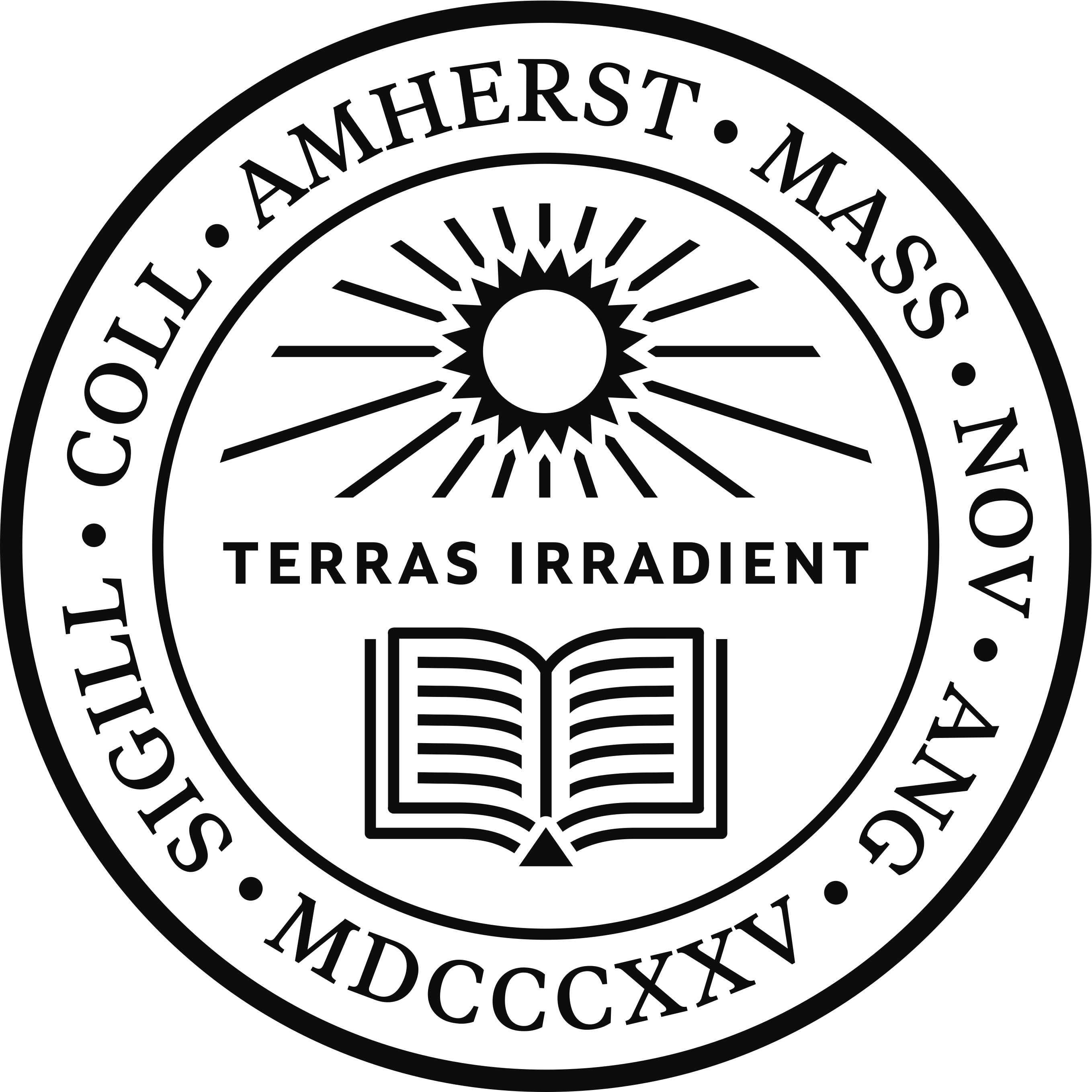Week 1
An Introduction to the Assimilation Paradigm
SOCI 231
A Gentle Introduction
A Few Quick Questions
- What is your name and major?
- What does cultural assimilation mean to you?
- Do you think cultural assimilation is a “good thing” or a “bad thing?”
My Turn?
My Journey
The Broad View
My Journey
Cities Defined by International Migration
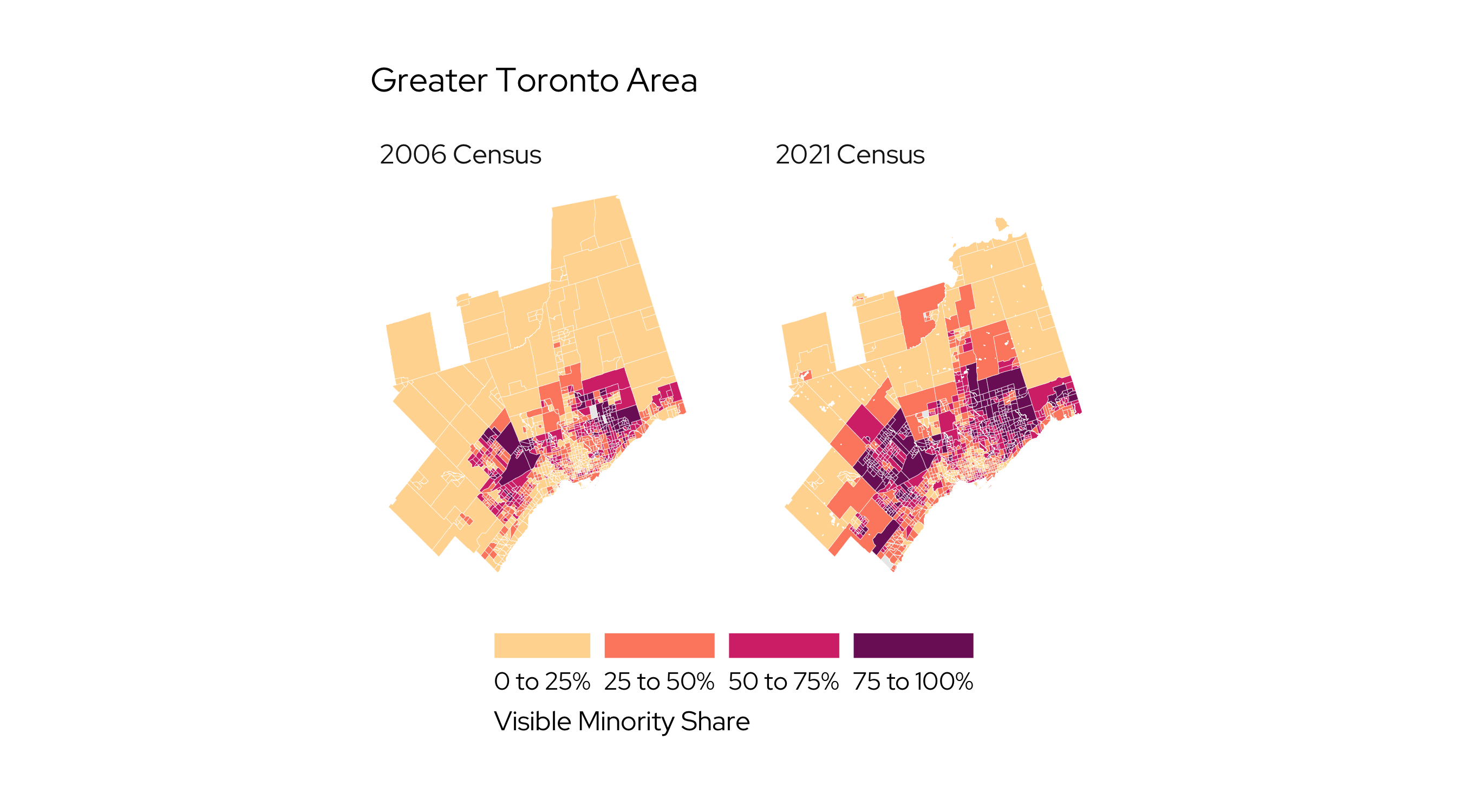
My Journey
Cities Defined by International Migration
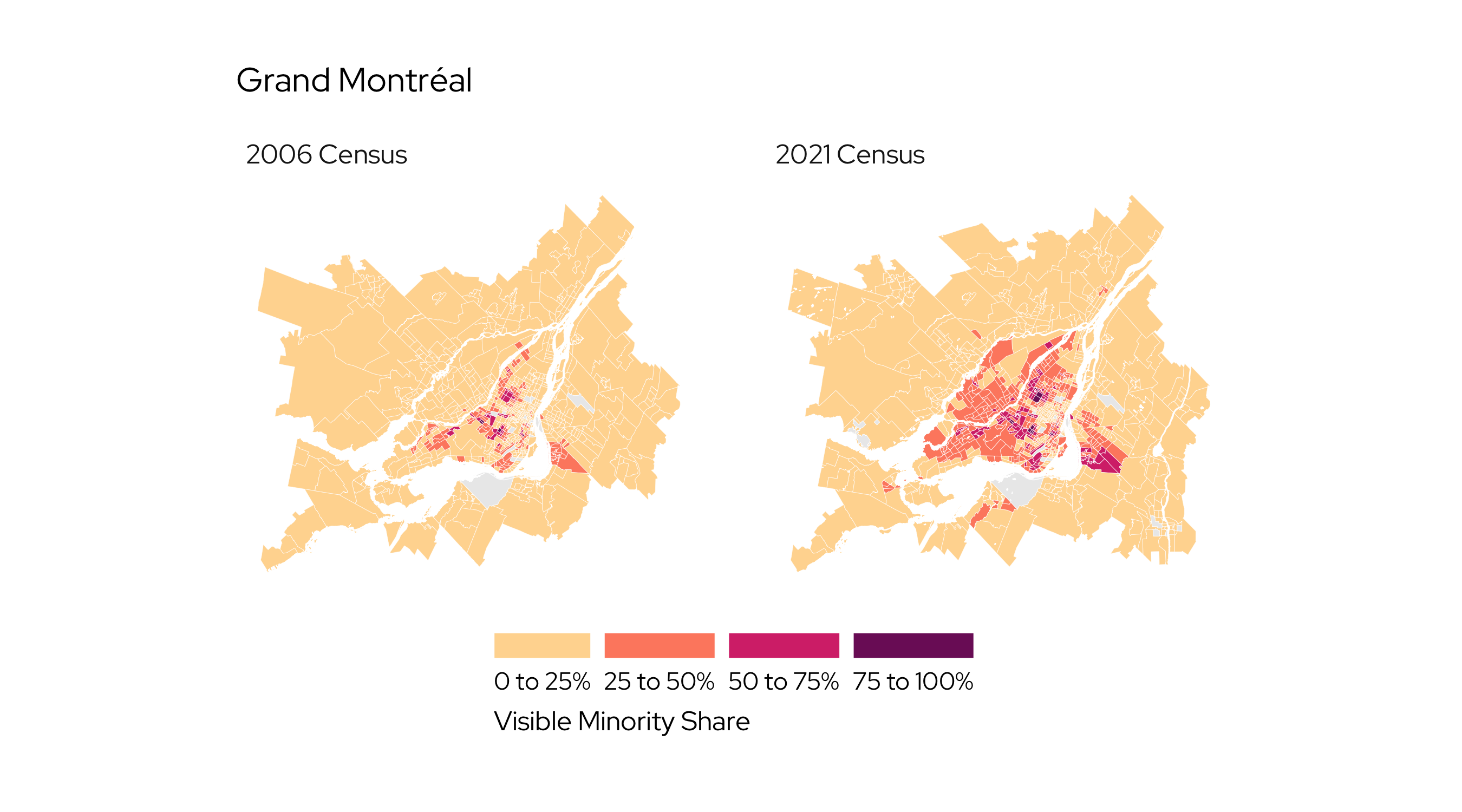
My Journey
Cities Defined by International Migration
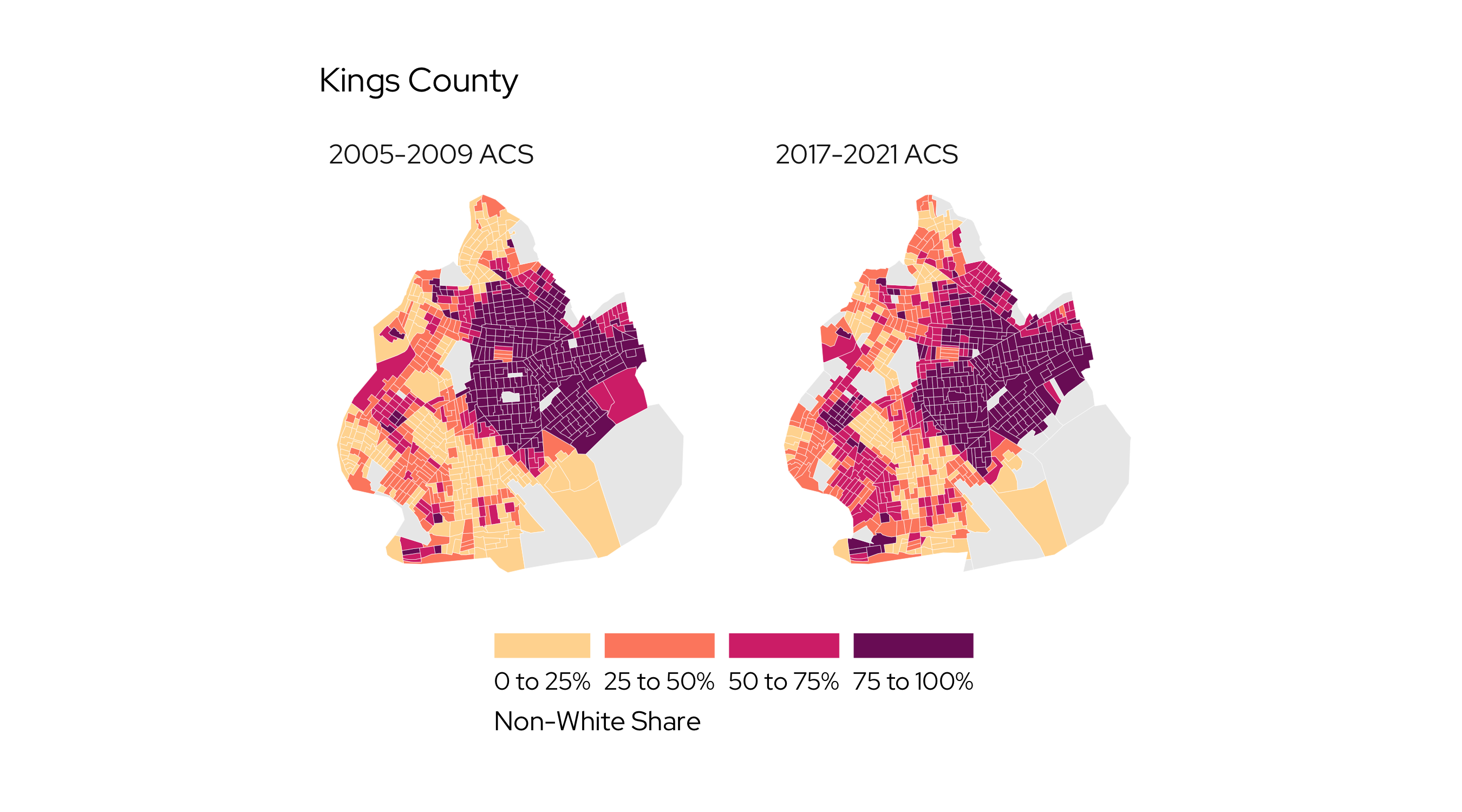
My Journey
Cities Defined by International Migration
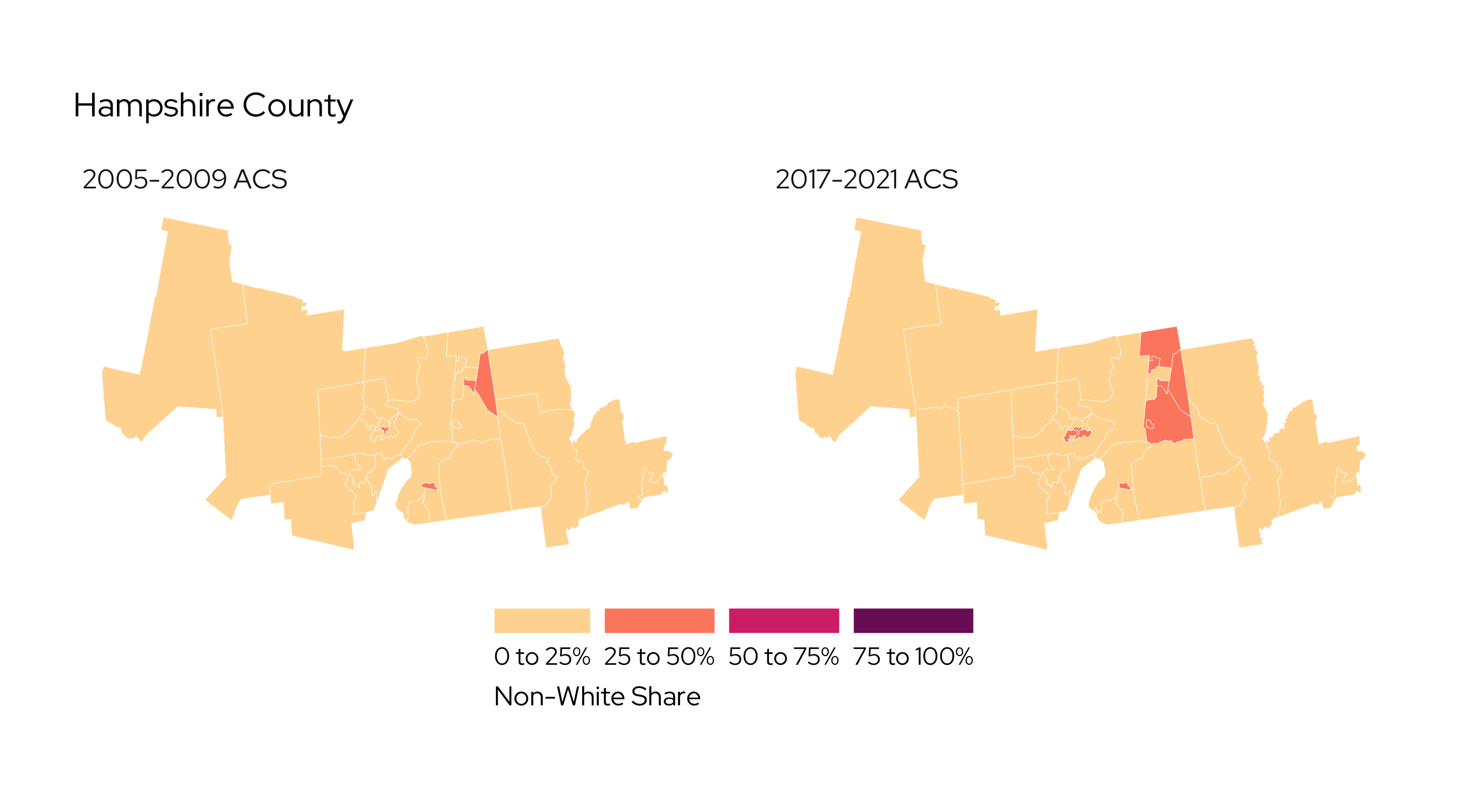
My Research
Personal Culture of Immigrant-Origin People

Islam and the Transmission of Cultural Identity in Four European Countries
My Research
Exclusionary Politics
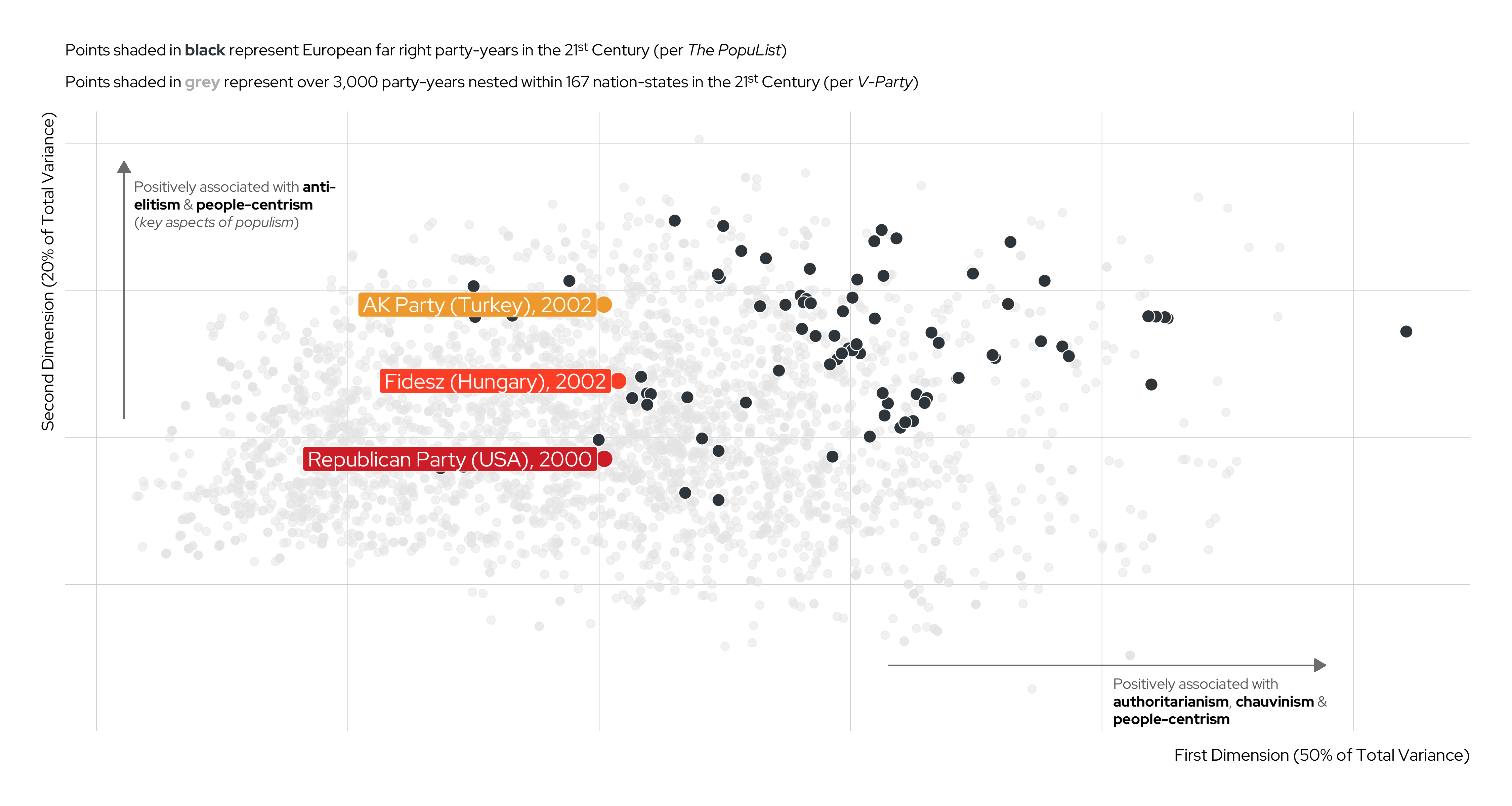
Karim and Lukk’s The Radicalization of Mainstream Parties in the 21st Century
This Class
The Syllabus
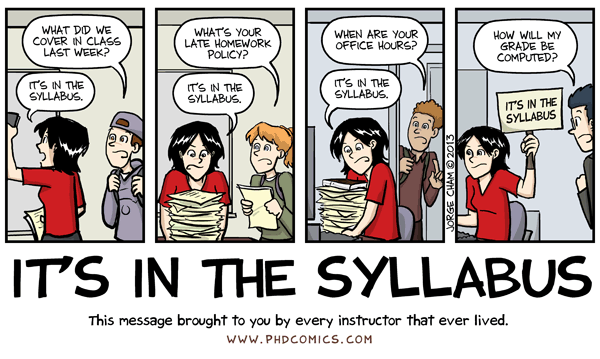
Office Hours
Appointment Policy
All meetings, even during office hours, must be scheduled in advance via Google Calendar.
Readings
Course Readings
All readings can be accessed via the eReserves page on our course website.
Evaluations
Note: Scroll to access the entire table
| Task | Description | Weight | Deadline or Evaluative Time Horizon |
|---|---|---|---|
Response Memos |
On a weekly basis, students will engage with—and respond to—questions posed on our Moodle Discussion Board. Responses must be between 250-400 words, or a penalty will be applied. |
10% |
3:00 PM on Mondays. Evaluated from Week 3 onwards. |
Participation |
Students must actively participate in class discussions by raising their hand to share their thoughts or meaningfully contributing to small group conversations. |
10% |
Evaluated during class sessions throughout the term. |
Midterm Paper |
Students may work individually or in groups of 2 to 3 to submit a short paper—10-12 pages, double-spaced, 12-point font—that first discusses the evolution of assimilation theory (or the acculturation paradigm) in the social sciences. The paper should then critically assess segmented assimilation theory and neo-assimilationism. What are the relative strengths of each theoretical framework? What are their weaknesses? Do these theories still help explain the incorporation of immigrant-origin people in the early-21st century? To earn an A, students must engage with material that goes beyond the readings listed on our Weekly Schedule. Students choosing to work in groups must meet with me—both before and after the due date—to discuss how the work will be or has been divided. Stylistic conventions and expectations will be detailed in a rubric that will be uploaded onto Moodle at least three weeks before the deadline. |
30% |
Friday, October 25th at 8:00 PM. |
Final Paper Proposal |
Students are required to submit a term paper on a topic of their choice, subject to my approval as the course instructor. The chosen topic must be related to the cultural incorporation of immigrants and their descendants in any part of the world. Students may focus on specific ethnocultural subpopulations (e.g., Muslims in the United Kingdom) or the broader immigrant community in a specific country of settlement during a specific intersection of time and space (e.g., immigrants in early-20th century America). To make matters easier, students should first submit a brief (3-5 page) proposal that outlines their selected topic, explains its relevance to the course, and highlights the key arguments they intend to advance. |
10% |
Friday, November 22nd at 8:00 PM. |
Final Paper |
As noted in the cell above, your term paper must focus on a topic related to the cultural incorporation of immigrant-origin people and must be approved by me, the course instructor. Papers should be 10-20 pages long, double-spaced, and written in 12-point font. Stylistic conventions and expectations will be detailed in the rubric, which I will upload after midterm. |
40% |
Wednesday, December 11th at 8:00 PM. |
Norms, Rules, Regulations & More
Accessibility and Accommodations
If you require accommodations, please contact Student Accessibility Services as soon as possible and submit an application through the new AIM Portal. More generally, if you have any suggestions about how this class can be more accessible and inclusive, please let me know via e-mail or during office hours.
Class Policies
Please review the Amherst College Honor Code, which can be accessed in its entirety here.
Violations of the Honor Code will be promptly reported to the Dean of Students. As Section 1.1 of the Honor Code indicates, plagiarism is a serious offense. In most cases, students who plagiarize the work of others will fail this class and may face additional disciplinary penalties. Moreover, as detailed in Sections 1.2 to 1.4 of the Honor Code, students must respect others in the classroom, including those whose views deviate from their own. Failure to do so will prompt disciplinary action.
Generative AI Policy
If you use a GAI tool (like ChatGPT) and do not cite it, it is a form of plagiarism.
You are expected to attend each and every class. If you do not, you will lose points for participation. That said, I am aware that you are all human beings whose lives are often fraught with uncertainty. If something comes up, please let me know and I will do my best to be as accommodating as possible. Extended absences may, however, require additional documentation (e.g., note from a physician).
In my experience, students generally use laptops and tablets to shop online or browse Twitter and TikTok, not to take notes or streamline learning. Therefore, the use of laptops and tablets in class is prohibited unless you have received prior approval from me or via Student Accessibility Services. In light of this policy, I strongly encourage you to bring a pen and notebook to class.
On weekdays and non-holidays, I will respond to e-mails within 48 hours. If I fail to meet this standard, please send me a follow-up message. On weekends and holidays, I will not respond to e-mails unless you have an emergency. If you do, please include EMERGENCY in the subject line.
Assignments must be submitted on time. A late submission will result in a penalty of 5% for each day beyond the deadline. However, as noted, I am well aware that life can present unexpected challenges. If you anticipate missing a deadline or are in the midst of an emergency, please inform me as soon as possible. Extensions may be granted on a case-by-case basis.
General Expectations
- Read carefully but efficiently.
- This is not a research seminar. You do not have to read or scrutinize methods sections—unless that is of interest, of course.
- Participate in class conversations. We’ll all learn more that way.
- Have fun.
Cultural Assimilation:
The Long View
100+ Years of Assimilation Theory
This course will interrogate 100+ years of assimilation theory.
For now, let’s begin in the midcentury. Hirsch’s (1942) brief exposition, written in the 1940s, raises a series of questions as timely today as they were over 80 years ago.
- Does assimilation mean interpenetration? Adjustment? Accommodation?
- What is our unit of analysis? Specifically, is assimilation a property of social groups or individual social actors?
- Does assimilation occur consciously or through unconscious channels?
- What are the mechanisms driving the assimilatory process?
- What are the downstream consequences of assimilation?
- What is a “cultural group,” anyway?
Our First Definition
“In short, assimilation refers to not one process, but to a number of processes involved in becoming a community member. These processes differ infinitely, according to the nature of the particular community, of those who are to be assimilated, and various other factors.”
(Hirsch 1942, 37).
Fast Forward to the 21st Century
Alba and Maggio (2022) argue that to make sense of compositional changes in early 21st century America, we need to bring assimilation back into analytic focus.
Why? In Alba and Maggio’s (2022) view:
- It can help us understand social change, and the boundaries of solidarity and difference, in a social context marked by intermarriage and mobility for some (but crucially, not all) minoritized subpopulations.
- It can help us think beyond the majority-minority thesis by seriously reckoning with generational turnover and its attendant social consequences.
- It can help us make sense of the long-term social implications of the growing mixed race population in the United States.
A Second Definition
“[A]ssimilation involves the decline in influence of ethnoracial origins on social status and on relationships with others; it does not require the erasure of all markers of those origins.”
(Alba and Maggio 2022, 1).
My Tentative (Albeit Confusing) Model
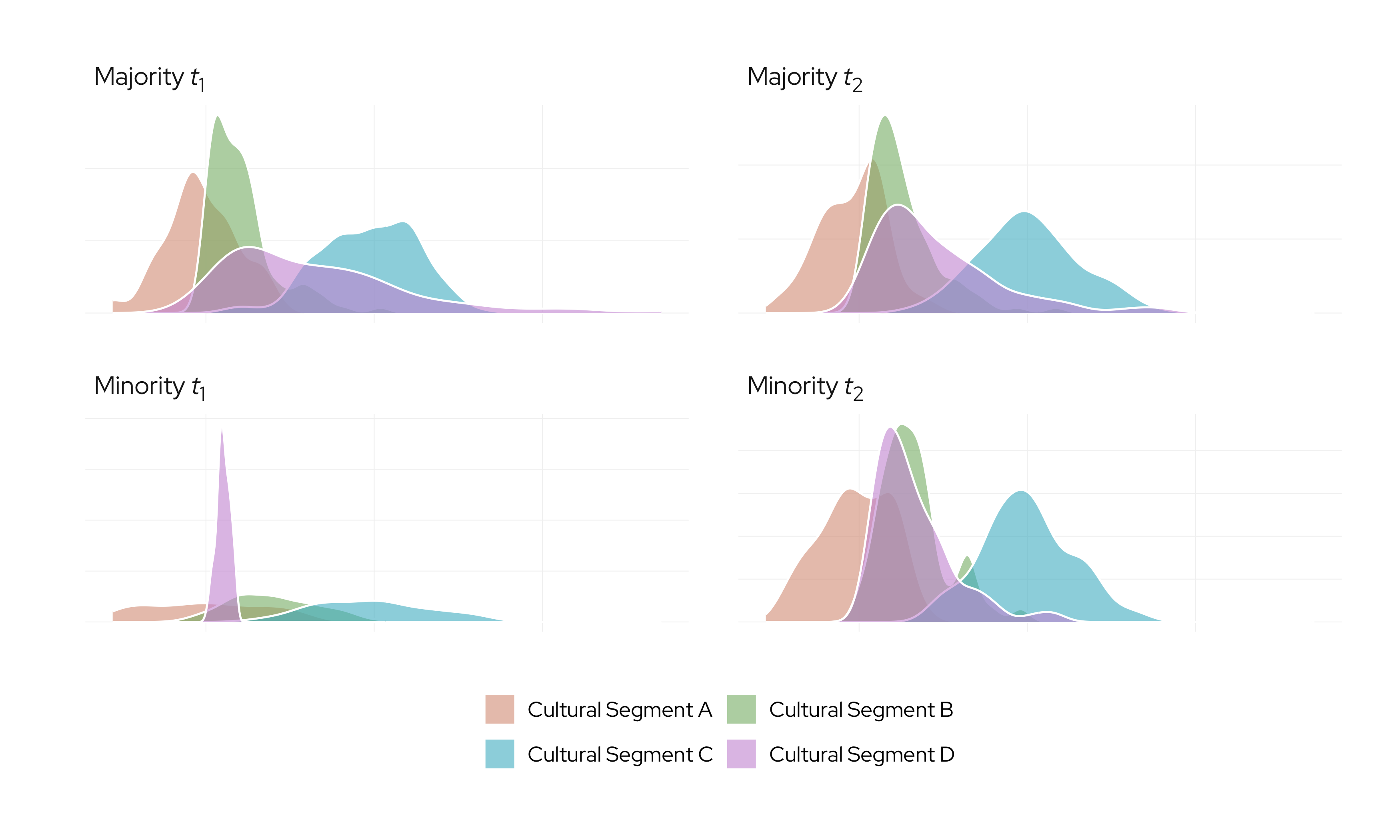
The End
References
